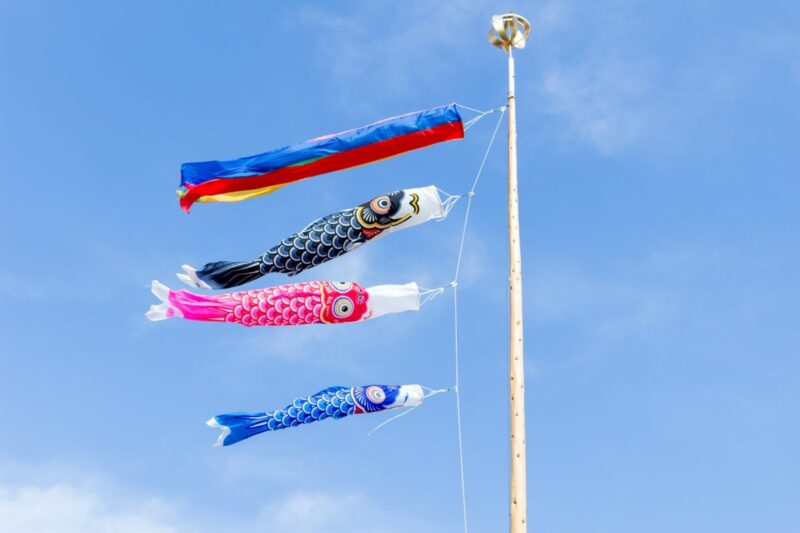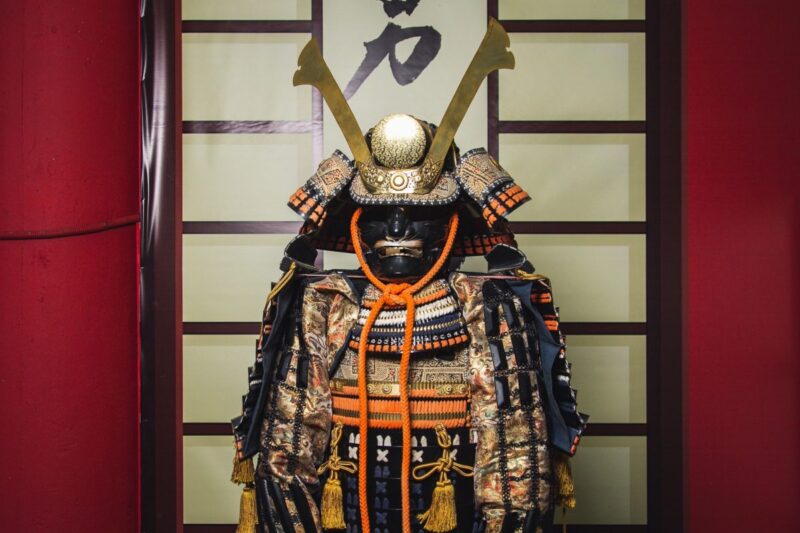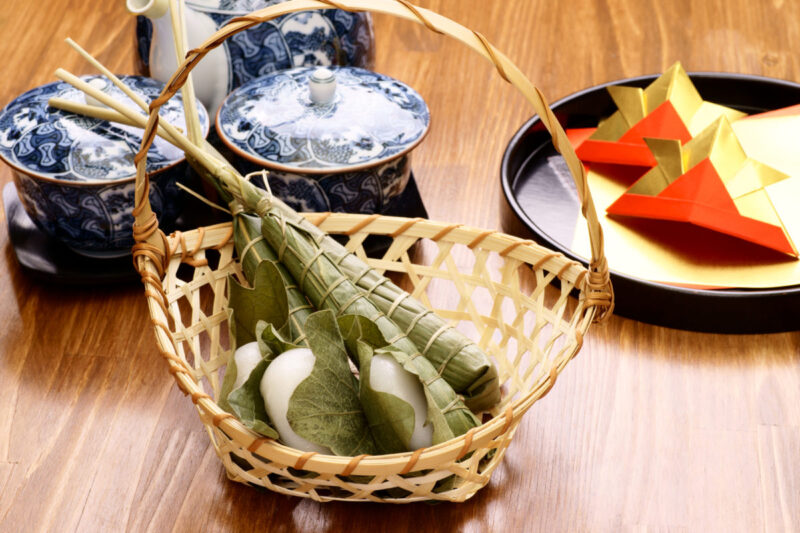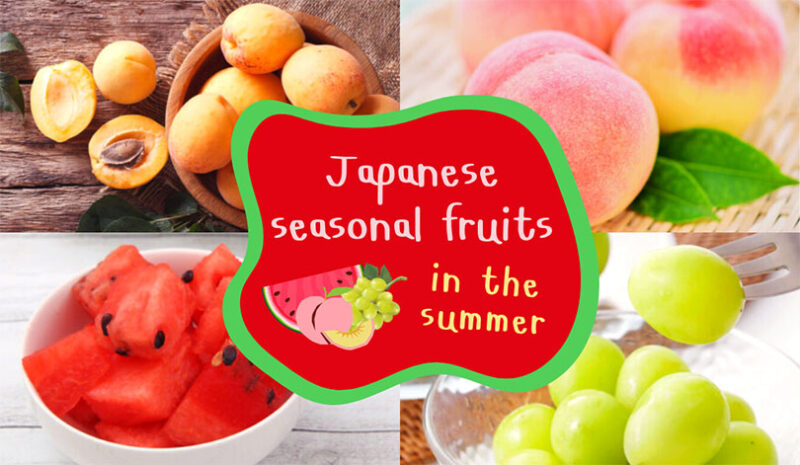A complete guide to Japanese Children’s Day
Apr 30, 2020

Children’s Day is a Japanese national holiday that falls annually on May 5, and is also known as the last celebration and national holiday in Golden Week.
Celebrated as Tango no Sekku (端午の節句) in samurai time, the families pray for the health and success of their sons on this day.
Today we introduce the tradition followed by the Japanese to celebrate this special day.
Koinobori

Families that have a boy will hang carp streamers outside their homes, and you’ll see the same in various public facilities across Japan.
Carps are considered as strong swimmers, and they are famous for fighting upstream currents.
The carp streamers usually come in three different colors, and each color has different meaning.
The black carp, which is also the largest amongst of all, represents the father and also known as the magoi.
The red carp represents the mother (higoi), and the last carp, which usually comes in blue, represents the son.
If the families have more than two sons, an additional carp added for each younger sibling.
Samurai armor

Families celebrating Children’s Day will also display miniatures of samurai armor and a helmet, wishing to raise strong and powerful boys.
They miniatures include the armor (鎧, yoroi) and helmet (兜, kabuto).
Special dishes

Like other Japanese holidays, there are special foods that go with every occasion, and this tradition also applies to Children’s Day.
To celebrate the day, Japanese cook chimaki – a rice cake made out of steamed sticky rice (もち米, mochigome) wrapped in a bamboo leaf,
and kashiwamochi – a rice cake stuffed with red bean paste and wrapped in oak leaves.
Japanese celebrate Children’s Day every year, and it’s not only celebrated in the homes of Japanese families, but also in the children’s schools,
and other public facilities that are popular among children. If you’re curious about the Children’s Day celebration, stop by Tokyo Skytree to see its enormous Koinobori festival!






